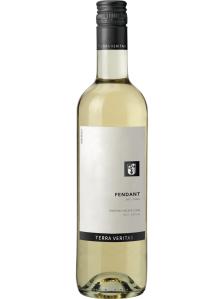Sion is the administrative center of the Sion District in the central Valais, and lies at the heart of the most prolific vineyard area in Switzerland. The town itself is one of the oldest Roman Catholic dioceses in Europe, dating back to the 6th century, and this antiquity is reflected in its streets and monuments. The 12th-century Basilique de Valere stands over the eastern edge of the town, serving as a reminder of its extensive local history.
© Wikimedia/Valéry Héritier
Sion town has 30,000 inhabitants and occupies a substantial block of the Sion District. At its western end is an international airport, which dominates this part of the narrow valley floor. As if to highlight the battle for space between Swizerland's traditional and modern cultures, there are vineyards within 320ft (100m) of the runway for a good proportion of its length. Elsewhere around Sion, vineyards seem to fill almost every accessible spot – even making their way into the gully between the Valere and Toubillon hills which dominate the eastern horizon. The topography here is more rugged than further west in Martigny and vines are planted all over the hillsides which surround the town.
A typical Sion wine might be a varietal (although blends are by no means unusual) made from Pinot Noir, Gamay, Cornalin or Humagne Rouge for reds and Chasselas, Sylvaner, Chardonnay, Pinot Blanc or Pinot Gris for whites.
The Swiss wine industry lacked a formalized appellation system until the late 1980s, but now a comprehensive structure is in place. In the nation's three official languages, the classification is variously entitled Appellation d'Origine Controlle (AOC), Geographische Ursprungbezeichnung (GUB) and Denominazione d'Origine Controllata (DOC). The different names and corresponding acronyms are an example of Switzerland's multi-lingualism.


